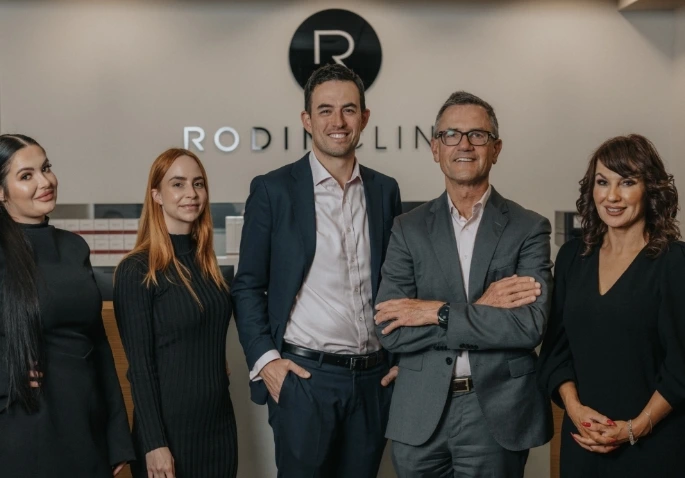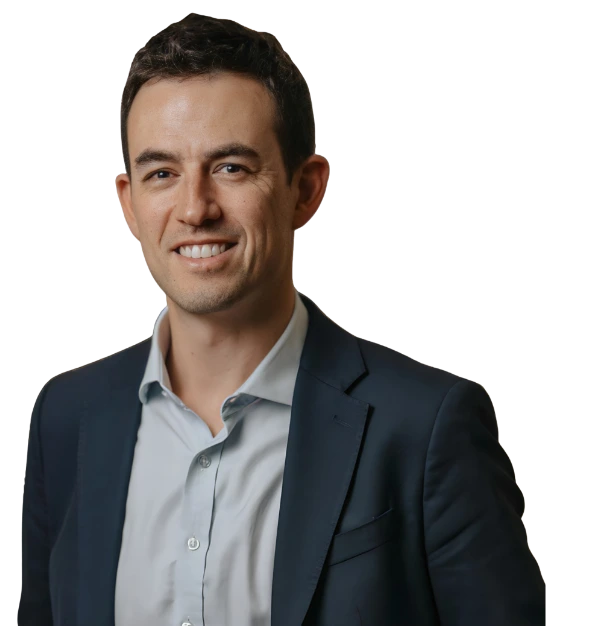Wondering if you should undergo a facelift? The best candidate for the surgery is a candidate who would like to target sagging face and neck skin, but the skin still has some elasticity and bone structure that is strong and well-defined. The age demographic for facelift plastic surgery is often between 40 and 70 years. Before you decide to undergo the procedure, think carefully about your expectations and discuss them with your surgeon. Ideal candidates will have realistic expectations for the results of the surgery.
Modern trends in facelift surgery include minimising scars and repositioning facial soft tissues to avoid the stigmata of an “operated look”. Patients are also having procedures at a younger age when surgery can be less invasive. If you’re after a mini facelift, or a facelift which is less invasive, our experienced team can work with you and your needs.. During your consultation, we recommend discussing these trends with your surgeon to find out more about what can be achieved.
Factors such as anaesthesia fees, specific procedure steps, total surgery time and the complexity of the surgery can determine the costs of a facelift, and generally any other individualised plastic surgery. Surgeon fees can also influence the costs – usually, the more qualified and experienced the surgeon, the higher the fees – however, this is an important factor to not avoid when it comes to financing your procedure. For the best results, lowest chance of complications occurring and highest level of support and care, it is worth investing in a plastic surgeon who understands the ins and outs of the procedure, expected results and recovery steps.
An additional factor can be the costs of medication and other items that you may need during recovery, but this will also vary per patient.


The Facelift
Whether you’re undergoing an extensive facelift, minor facelift procedure, or a lower face and neck lift, a facelift is a very individualised procedure.
During your initial consultation, Our surgeons will evaluate your face, including the skin and underlying bone and soft tissue structure, and discuss your goals for the surgery. Computer simulation using your image is extremely helpful in the consultation, allowing you to envisage the end result prior to undergoing any surgery.
A facelift is performed in hospital under general anaesthesia. Usually, an overnight stay is recommended after the procedure.
The surgery usually takes three to four hours to perform, or longer if you’re having other procedures completed at the same time. Other procedures that may be performed in conjunction with a facelift include fat augmentation, brow lifting, laser resurfacing, blepharoplasty and rhinoplasty.
The specific details of your procedure will depend on the type of lift that you need, and your individual aesthetic concerns and features. All of these factors and steps will be discussed during your consultation with your facelift surgeon.
During the procedure, incisions usually begin at or above the hairline in the temples, extend in a natural line in front of the ear and continue behind the earlobe to the lower scalp. If the neck needs work, a small incision may also be made under the chin.
It is normal to experience some minor discomfort after a facelift. Some numbness of the skin is also quite normal and will disappear in a few weeks or months.
If you have had a drainage tube inserted, it will be removed the day after surgery. Bandages are usually removed after one to two days, after which you will be able to shower and wash your hair.
You should be up and about in a day or two, but we recommend taking it easy for the first week after surgery. It is important to avoid strenuous activity for at least two weeks, such as intense exercise and heavy lifting. Walking and mild stretching should be okay. Your surgeon will give you more specific guidelines for gradually resuming your normal activities.
Most of your stitches will be removed after about five to seven days. Your scalp may take longer to heal, and the stitches or metal clips in your hairline could be left in for a few days longer.
The risks of a facelift are an important factor to consider before surgery, particularly when evaluating a candidate’s suitability for the procedure.
These potential complications can be discussed in further detail during your consultation. Choosing a highly experienced and qualified plastic surgeon can help you to minimise these risks.
Risks of the procedure include pain, discomfort, swelling, bruising and a sensation of numbness. These issues can generally be managed with medication and by following both compulsory and recommended recovery steps.
More serious complications can include infection, scarring, reactions to anaesthesia and asymmetrical results. Nerve injury is an infrequent complication that may become apparent after the operation. It can affect the sensory or motor nerves (involving the lower lip or forehead muscles). If such a complication occurs, it usually resolves within the first few months after your surgery. Hematoma (bleeding) is a complication that can occur in the early postop period and rarely may necessitate a further operation to drain the collection.
You have questions
Whether you’ve been thinking about undergoing rhinoplasty for cosmetic or respit’story reasons, our friendly and supportive team at Rodin Clinic can help.
Usually, we recommend that the patient undergoes recovery at home, with familiar surroundings and in the most comfort. If you do choose to go away for your recovery, you will have to make sure that you have access to wound care, assistance with daily chores and can contact your surgeon in the case that you need any guidance.
You may be prescribed pain medication that may be an analgesic or an anti-inflammatory, or a combination. This prescription will be given to you by your anaesthetist. Further guidance on how and when to take the medication, as well has how you may need to take it for, will be provided during your consultation.
Thread lifts have been popularised as a relatively non-invasive, low cost, minimal downtime alternative to facelifting. However, they are far from low cost and are not effective in the long term. When the costs, downtime, risks and shorter-term nature of the results of a thread lift are compared with a surgical facelift, the cons can generally outweigh the potential pros. Most face lift surgeons do not offer to perform them for a number of reasons. If you wish to find out more about why we don’t provide thread lifts at our clinic, your facelift surgeon will explain the reasons, and can help to tailor a more minor, non-invasive approach to your face lift procedure.
Copyright 2019-2022 Rodin Clinic | All rights reserved | Privacy policy